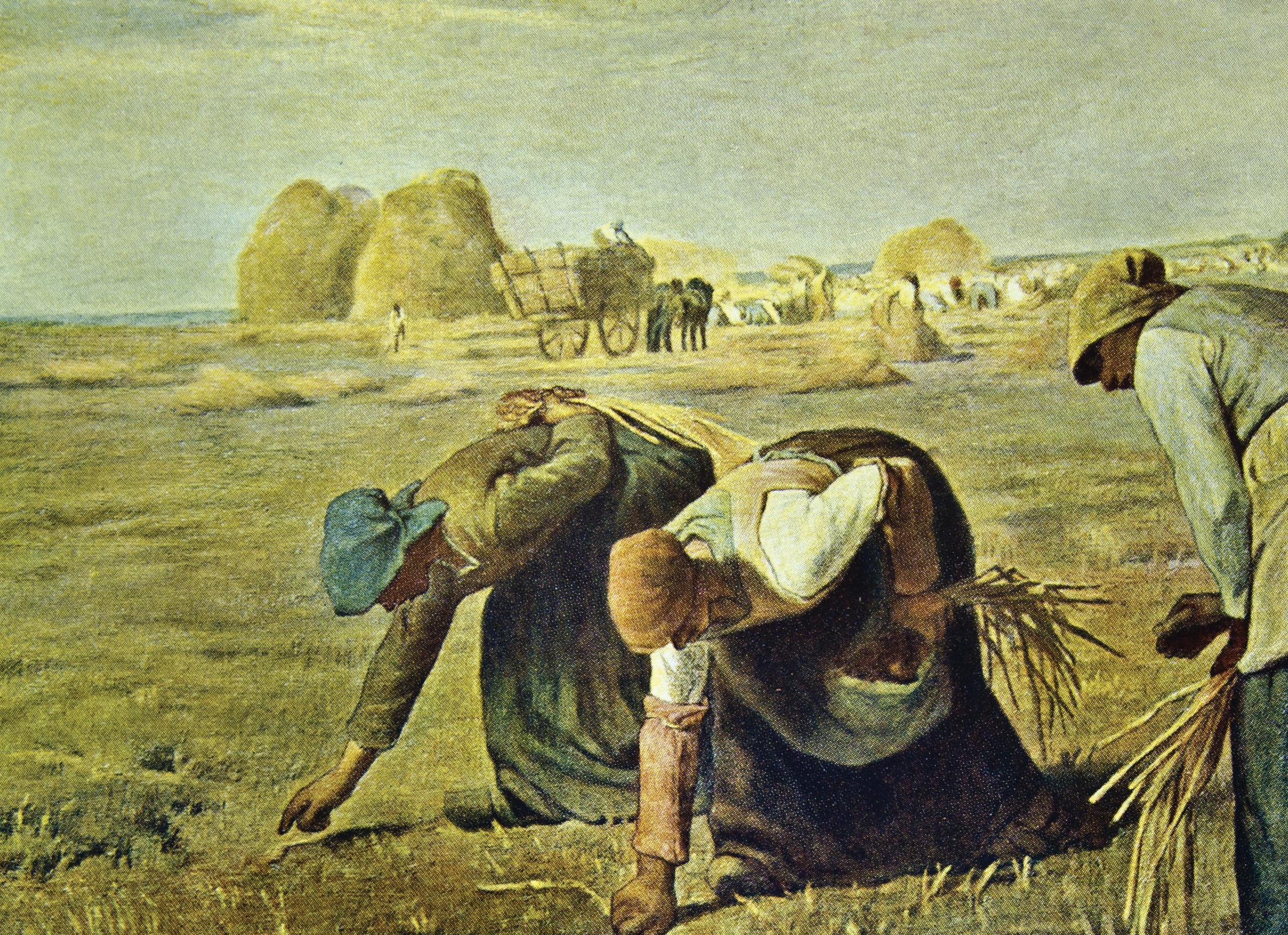
5 minute read
INTRODUCTION
People have always been drawn together by common interests. The cave men lived together in tribes in order to provide for defense against the sabre tooth tiger and the mastodon. As civilization developed, people gathered together in villages for protection, and eventually created nation-states based on a common language. It was and is a natural thing to do. Fraternal societies are simply a higher form of “gathering together” of people with common interests and ideals.
The first fraternal societies similar to the ones we know today were the so-called “Friendly Societies” in England in the 1500s. They were craft guilds, designed to regulate the conditions of employment and to offer financial and medical help in time of need. The friendly societies grew rapidly in the 1700s because of the industrial revolution, and soon became a major force in English social and political life. They were so important Parliament began to regulate their activities in 1793. The largest of these was the International Order of Odd Fellows (Manchester Unity) and the Ancient Order of Foresters. The first American Odd Fellows lodge was founded in 1819, followed by the Foresters in 1832. The Improved Order of the Redmen, an American fraternal society related to the pre-revolutionary Sons of Liberty, was founded in 1834.
Advertisement
A remarkable increase in the number of fraternal societies providing life insurance took place following the Civil War (1861-1885). Privately-owned insurance companies, called “old line” companies, were not regulated by
First Supreme Council Members
Grant Hiram Slocum
Founder and Gleaner’s first Supreme Secretary, developed Gleaner principles, rituals and motto and goals.
Dr. John M. Ealy
Trained as a doctor but became a banker and served 24 years as the Supreme Treasurer for Gleaner.
Benjamin F. Eayrs The first Vice Chief Gleaner, a prominent farmer and enthusiastic supporter before his death in 1899.
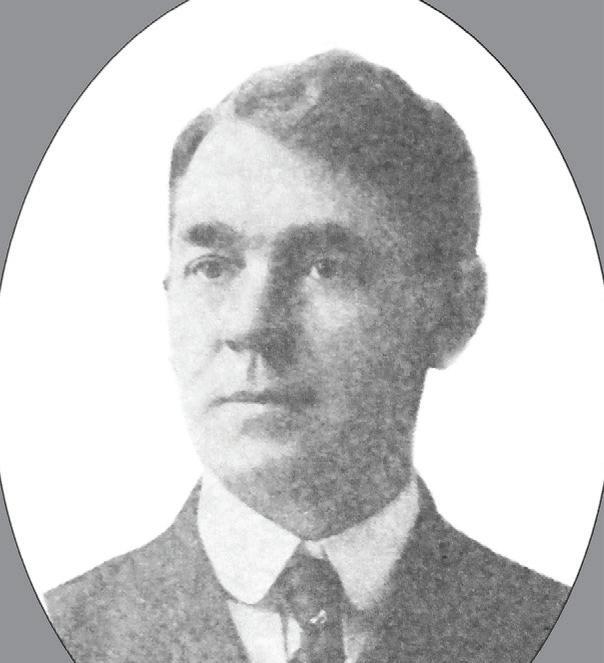

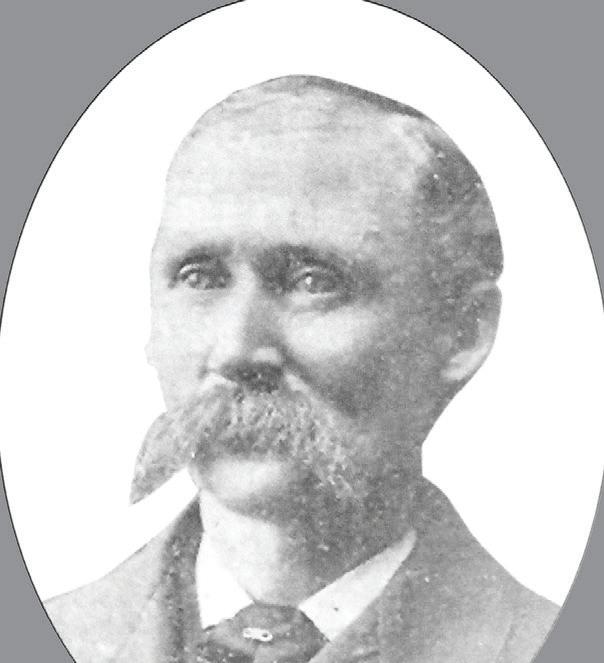

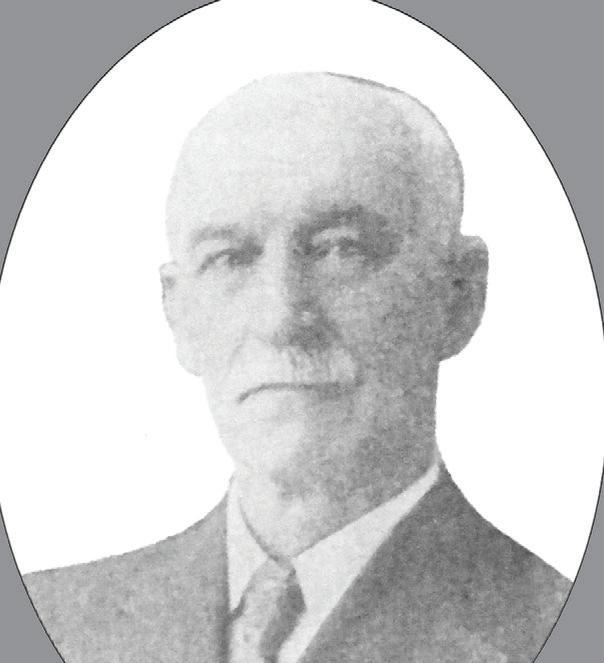

Joseph J. England The first Chief Gleaner and a leading farm stock breeder, he and Slocum both had Oct. 12 birthdays.
Dr. Sherman F. Chase, M.D. The first Supreme Medical Examiner and is credited with choosing the word “arbor” to describe local Gleaner organizations.
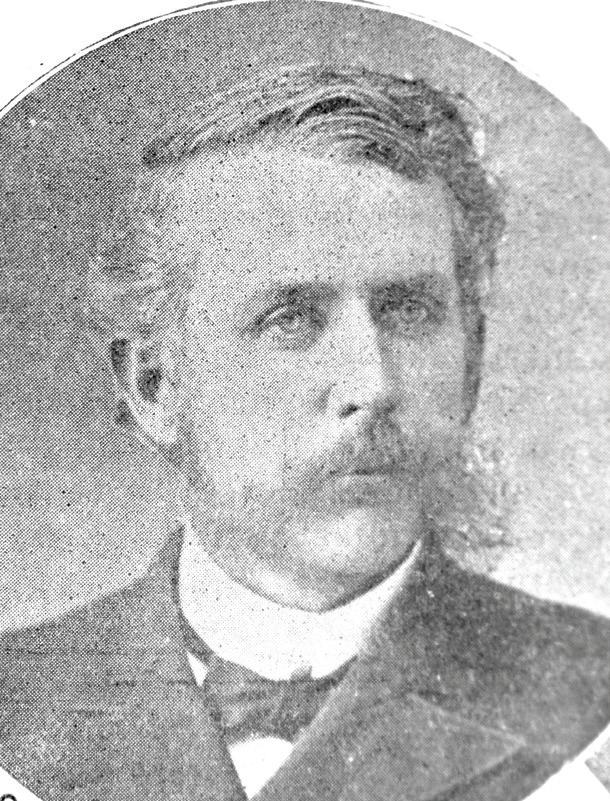
government and often failed to provide promised benefits. Some of the companies went bankrupt, leaving their policy holders without protection, and most of the time without their premiums. People came to believe fraternal societies were safer and less expensive places to buy insurance. They had the added advantage of providing a satisfactory social relationship with friends and neighbors.
The Elks lodge was started in 1868; the Maccabees in 1881; Modern Woodmen of America in 1883; the Loyal Order of Moose in 1888; and the Fraternal Order of Eagles in 1898. There were others, but many did not survive the first world war.
The Grange was the first large fraternal society of farmers. Organized in Washington, D.C., in 1868, the Grange grew rapidly until there were 858,000 members by 1876. The Grange became an effective voice for farmers, organizing cooperative enterprises and pressing farm issues in the Congress and state legislatures. Despite that, membership began to decline in the 1870s over issues concerning the rituals and charges that the organization had been used by politicians for their own purposes. By 1889 membership had dropped 87% to 107,000. Growth resumed in the 1900s but was concentrated primarily in New York state and Pennsylvania.
In the latter part of the 1800s, the Grange increasingly spoke for more conservative farmers. The society tended to avoid involvement in the political process just as farmers became more politically active. The decline of the Grange helped make the Ancient Order of Gleaners a success.
A total of 200,000 people may have held membership in the Gleaner society over the next 95 years. Perhaps as many as 10 million were members of all fraternal societies when the movement was at its high point late in the 1800s and early 1900s. It was not the number of members, however, that make the history of the fraternals important and interesting. It was the mark they made, and are still making, on society.
The Ancient Order of Gleaners was founded when Grover Cleveland was president of the United States. When people talked about “veterans” they meant soldiers who had served in the Civil War and the Mexican War. The usual form of transportation was by railroad, horseback, horse-drawn carriage or, occasionally, by steamboat. No one had ever flown in a powered airplane. Experiments with the automobile were just beginning. Electricity was still a curiosity, so much so some refused to have it installed in their homes for fear it caused sickness. Medical care was primitive by today’s standards and the death rate was high, particularly among children.
Rural America was semi-isolated. Roads were muddy tracks leading from the farms to small towns up around railroad sidings. Courthouses were located in the center of counties kept small enough to allow residents to travel there and back in one day.
In 1894 the scientific miracles of the 20th century were not envisioned even by the most enlightened people. Farming was carried out as it had been for centuries with the exception of some improvements in horsedrawn plows and harvesters. Telephones were few and far between, located almost exclusively in the cities. Communication was by means of the mail and telegraph, and the latter was not available everywhere. Fortunately, newspapers were printed in every town of any size. The “weeklies” kept rural America in touch with the rest of the country.
Despite that, rural America was a vibrant, constantly changing place. The Ancient Order of Gleaners was born during a period of economic, cultural, and political upheaval. The frontier period was coming to a close and forces were at work which would change the country forever.
For all the above reasons it is impossible to write about Gleaner history except in the context of American history. Born during the Panic of 1893, the Society existed during two world wars and three lesser ones, several pandemics and depressions including the Great Depression of the 1930s, and adjusted to the incredible changes brought about during the 20th century. Through it all the Society stayed true to its motto, Prudens Futuri (“Thoughtful for the future”).
The history of Gleaner Life Insurance Society is by itself a partial record of life in the Midwest between 1894 and the present.
4










